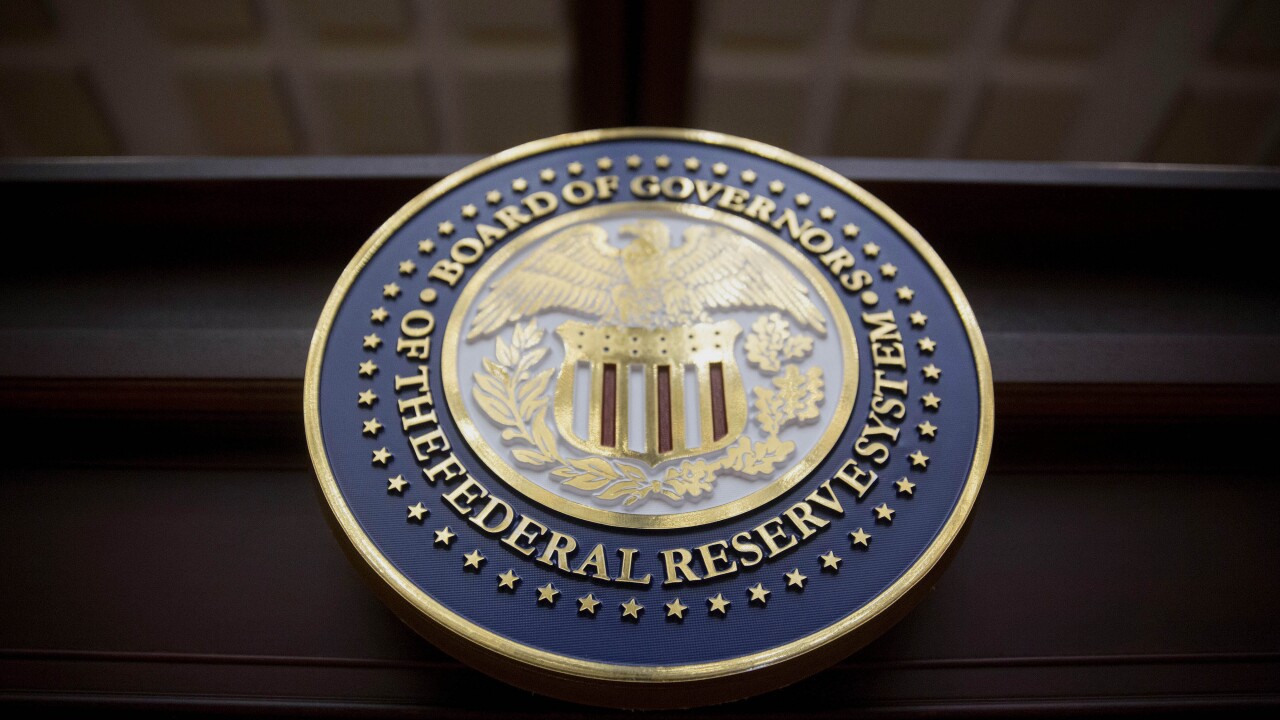
Brick-and-mortar retailers have gained access to a wider customer base through partnerships with e-commerce platforms. In turn, businesses like Amazon benefit from a more diverse set of products, as they not only sell their own Amazon-branded items but act as a marketplace to sell a wider range of third-party goods.
Some of the world's largest tech companies like Microsoft, Meta and Google have fostered partnerships with universities in a mutually beneficial exchange of cutting-edge research and talent flow for funding and real-world applications of academic programs.
And health insurance companies partner with wellness program providers to offer incentives for healthy living to their members. Insurers reduce health care costs and improve member health outcomes, while wellness providers gain a larger audience for their services.
But when it comes to
For pharmaceutical companies, CROs are an essential part of their operating model, allowing them to focus on what they do best — scaled production and distribution of drugs and medical products — while outsourcing the labor-intensive phases of drug development to specialized experts.
Big Pharma reaps substantial benefits from this arrangement. Leveraging CROs' expertise, geographical reach and scalability, they can accelerate time-to-market, reduce costs and mitigate development risks. Compliance is complicated, but CROs are experts.
In turn, CROs thrive on long-term contracts and steady revenue streams, enabling them to invest in cutting-edge technologies. This mutually beneficial relationship has become a cornerstone of modern drug development, ensuring that new therapies reach patients faster and more efficiently.
Banks and fintechs can embrace a similar framework if they understand that these relationships are accretive.
The fintech landscape can be segmented into three buckets — those that are in direct competition with banks; those that enable banks to do what they do better; and those that do things banks could do but decide not to.
It raises the question: How many incumbent banks have both the technology budget and the know-how needed to stay relevant with modern customer expectations?
U.S. banks have brands, they're replete with deposits and they have trust as a result of federal deposit insurance. They have substantial customer bases and proprietary data, but they also have a culture of defense and a reluctance to self-disrupt and innovate.
Banks and credit unions also extended financial relief to Californians affected by the fires, which have killed 28 people and burned thousands of homes.
By contrast, fintechs have technical dexterity, terrific user experiences and talent that is long on verve and analytical firepower. Their culture is one of creativity and ingenuity.
If you put two plus two together, you fill in the corners of the value-added chain where two plus two can equal five. So why aren't banks acquiring more fintechs?
Firstly, banks are typically very risk averse. You rise to the top of a bank by avoiding mistakes, not by creating a truly disruptive platform. Secondly, these partnerships need a senior champion because the structure of banks make it easy to say no. And thirdly, the window to acquire is narrow between when fintechs become industrial strength and when the acquisition would be earnings dilutive.
Rather than acquisition, banks could forge strategic partnerships with fintechs to modernize operations, drive efficiency and test product-market fit and scaling. Fintechs, in return, would benefit from the credibility, regulatory expertise and financial stability that established banks provide.
Just as CROs bring specialized expertise to pharmaceutical development, fintechs offer cutting-edge technology that can rapidly advance banking services. The step function created by LLMs and AI is a perfect example of where banks could benefit from the tech-first, digitally native approach of next-gen fintechs. Banks could outsource complex, resource-intensive processes to fintechs that specialize in that area. This will intensify given their nimble adoption of generative AI cost-saving processes. A partnership would allow banks to allocate resources to strategic initiatives and better harness cost-saving opportunities.
Fintechs could also be invaluable in risk mitigation. CROs help pharmaceutical companies manage the risks associated with drug development. Similarly, fintechs can help banks navigate the complexities of digital transformation, cybersecurity and regulatory compliance, providing expertise that banks may lack internally.
Ultimately, it would allow banks to create enhanced customer experiences, an area where fintechs excel by creating user-friendly solutions and meeting the evolving demands of tech-savvy consumers. This is much needed, given the average U.S. banking
For a CRO-type model to truly work, banks need tech, talent and crisp fintech strategies. An idea, no matter how good, would be unlikely to succeed unless you had a team in place to operationalize it. Few banks are equipped to just take a product or code and run with it, but active dialogue with CRO-type partners could enable progression from the "BaaS tourism" that has bred operational and risk breakdowns.
A handful of small banks have taken the time to develop the tech necessary to partner directly — Cross River, Pathward, Bancorp, Column and Lead. However, these banks are either newly owned by successful fintech executives or have been building their systems over a decade or more.
For most banks, including large regionals, a better choice than building all tech in-house would be to partner with a fintech that has already built the technology systems. Examples include both technical integrations and — even more important from a regulatory perspective — the reconciliation engine and information flows that enable the bank personnel to operate these programs effectively and safely.
Admittedly, fostering such collaborations isn't without challenges and sometimes it's impossible to square the circle of opposites, but the symbiotic relationship between CROs and Big Pharma stands as a powerful example of collaboration.
This should be a wake-up call for banks that you can have your cake and eat it, too.






